This post shows you 35 Minimalist decor hacks to create a peaceful living room.
Creating a peaceful living room can feel like a dream when life gets chaotic, but the magic often lies in simplicity. Let’s say you walk into a space that feels like a breath of fresh air, no clutter, just calm. Wouldn’t you love that?
Minimalist decor is more than a trend; it’s a lifestyle that lets you reclaim your living room as a space for rest and clarity. If you’ve ever found yourself overwhelmed by a room full of things but still feeling like it’s never enough, you’re not alone.
I remember when my living room use to feel like a mess and all choky. All it took was simple, clear decor change to make the magic happen and that is what I will share with you in a moment.
The minimalist approach is about clearing away distractions and creating a space that speaks to what really matters; peace, comfort, and a touch of your unique style.
In this post, we’ll talk about some simple yet powerful minimalist decor hacks to help you change your living room into a serene retreat, making it a place where you can truly unwind.
35 MINIMALIST DECOR HACKS
1. Declutter Ruthlessly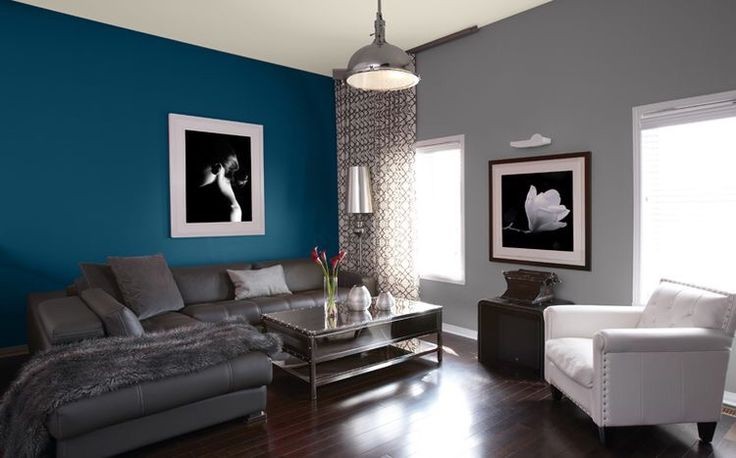
Start by identifying items you truly use and cherish. Donate or discard anything that doesn’t serve a purpose or hold value. Consider Marie Kondo’s “spark joy” philosophy to guide your decision-making.
A clutter-free space immediately feels more peaceful and inviting.
2. Choose a Neutral Color Palette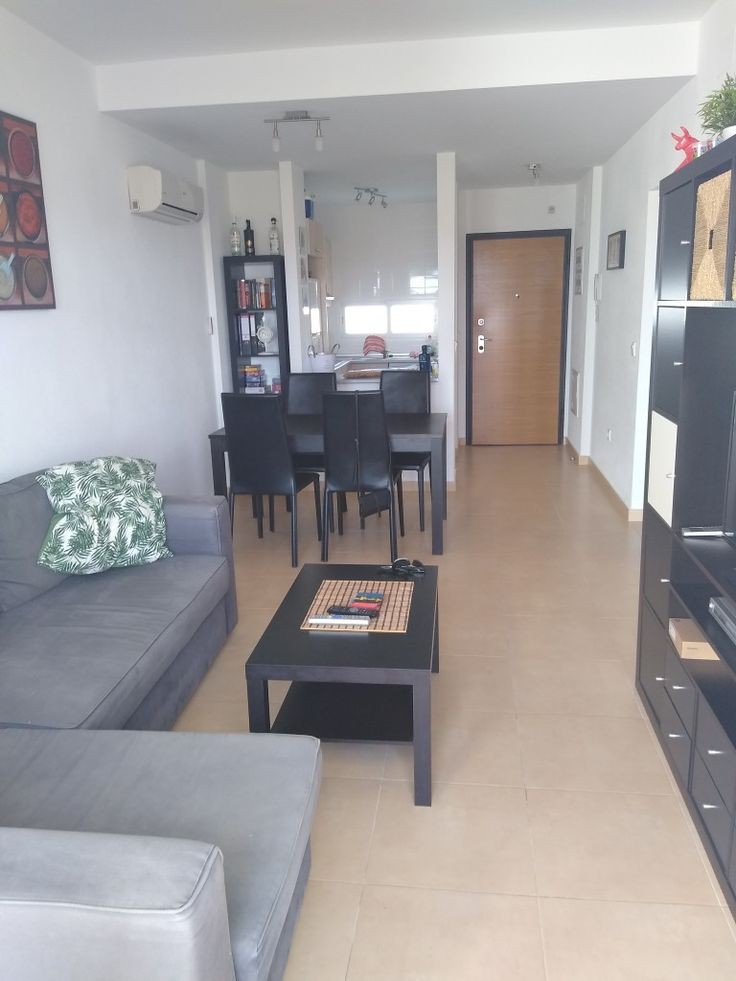
Neutral shades like white, beige, soft grey, or muted pastels create a calming atmosphere. They reflect light, making your space appear larger and more serene.
This simplicity creates visual harmony, which is crucial in minimalist decor.
3. Incorporate Natural Light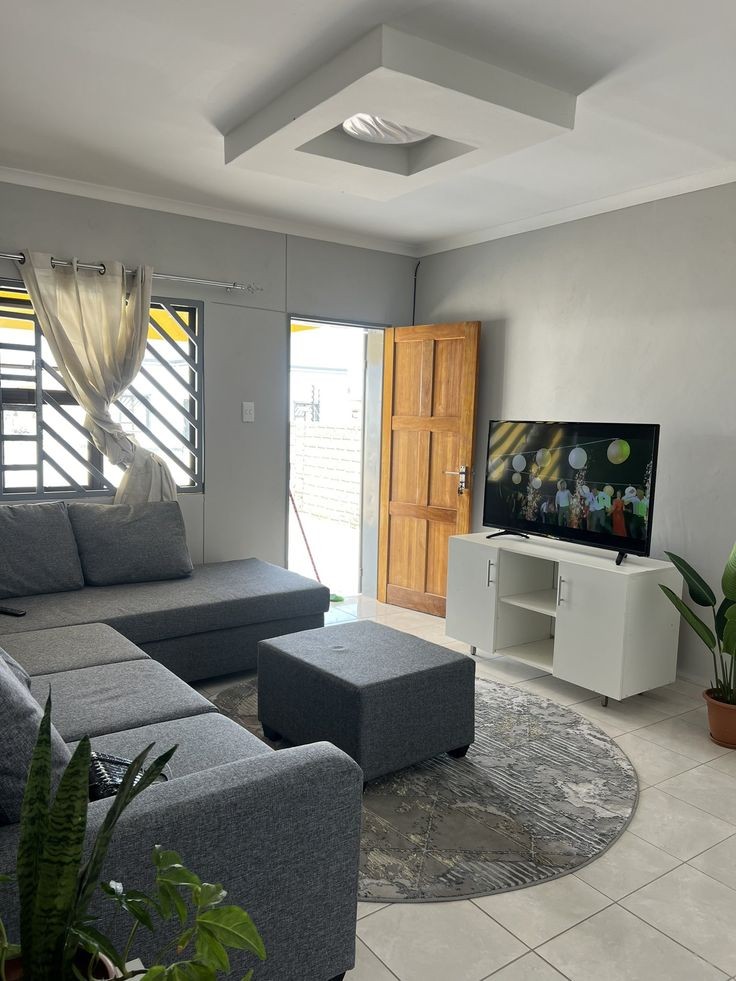
Remove heavy drapes and opt for sheer curtains or none at all to let sunlight in. Natural light energizes the room, improves your mood, and makes the space feel open.
Place mirrors strategically to reflect light and enhance the sense of brightness.
4. Add Houseplants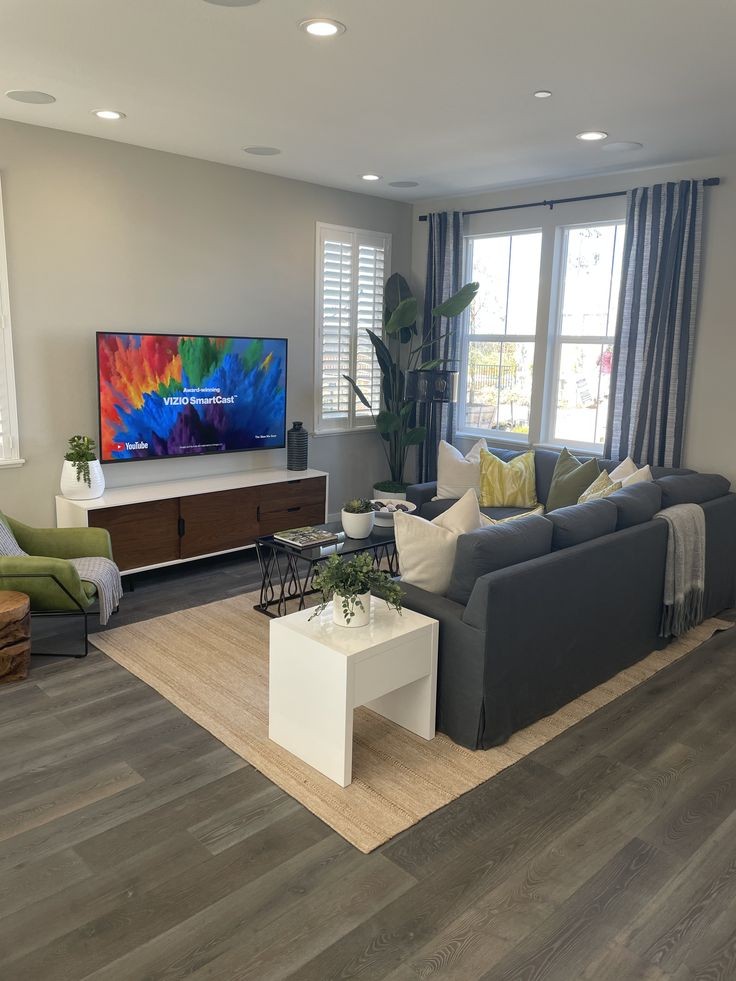
A touch of greenery can transform a sterile room into a lively, peaceful haven. Opt for low-maintenance plants like snake plants, succulents, or pothos. Not only do plants purify the air, but they also bring a soothing natural element indoors.
5. Use Multifunctional Furniture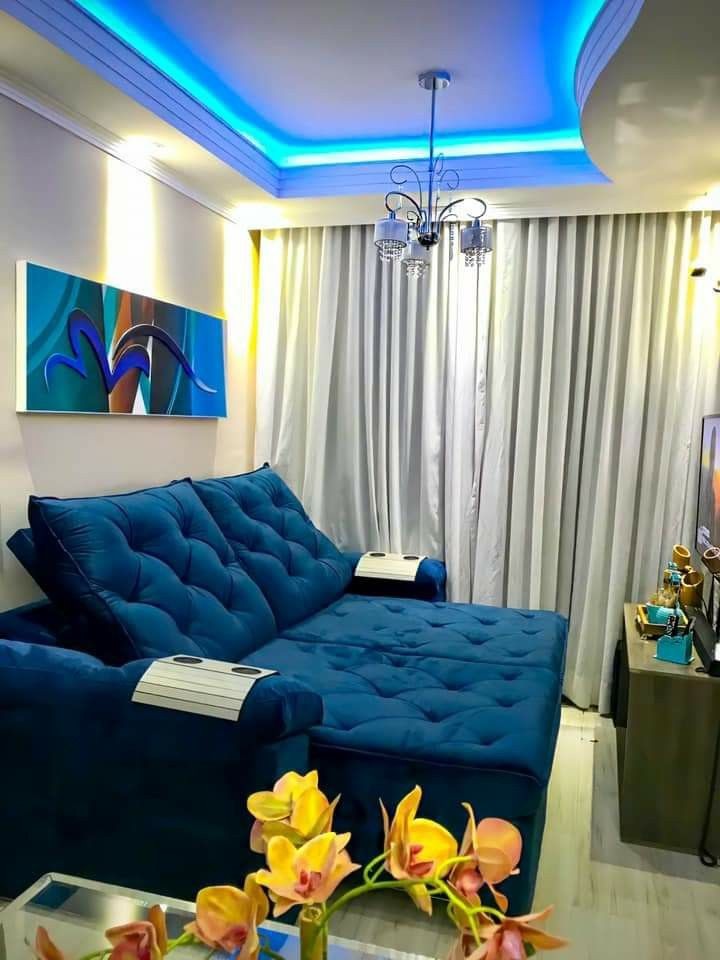
Look for furniture that serves dual purposes, such as a coffee table with hidden storage or a sofa bed. This minimizes the need for excess pieces, helping maintain a clean and spacious look while maximizing functionality.
6. Simplify Wall Decor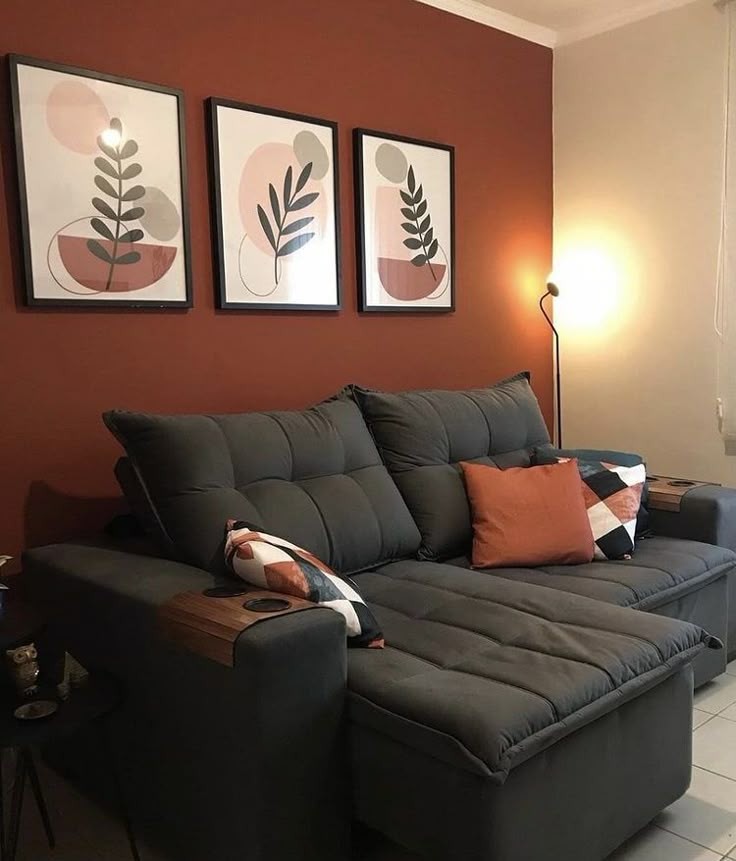
Instead of filling walls with multiple frames or decor, choose one focal point, such as a large piece of art or a stylish mirror. This reduces visual clutter and makes the room feel cohesive and intentional.
7. Keep Surfaces Clear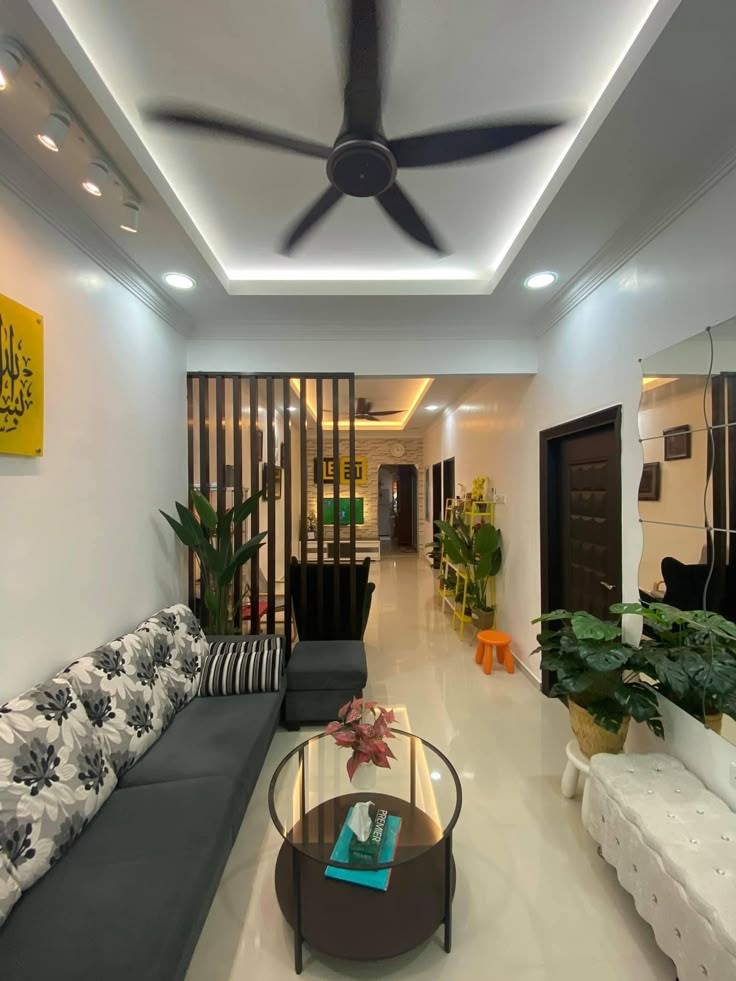
Limit what you place on coffee tables, shelves, and sideboards. Instead of filling these surfaces with decor, leave them mostly clear. Display only a few well-chosen items, like a vase, a book, or a candle, to keep a tidy look.
8. Invest in Quality, Not Quantity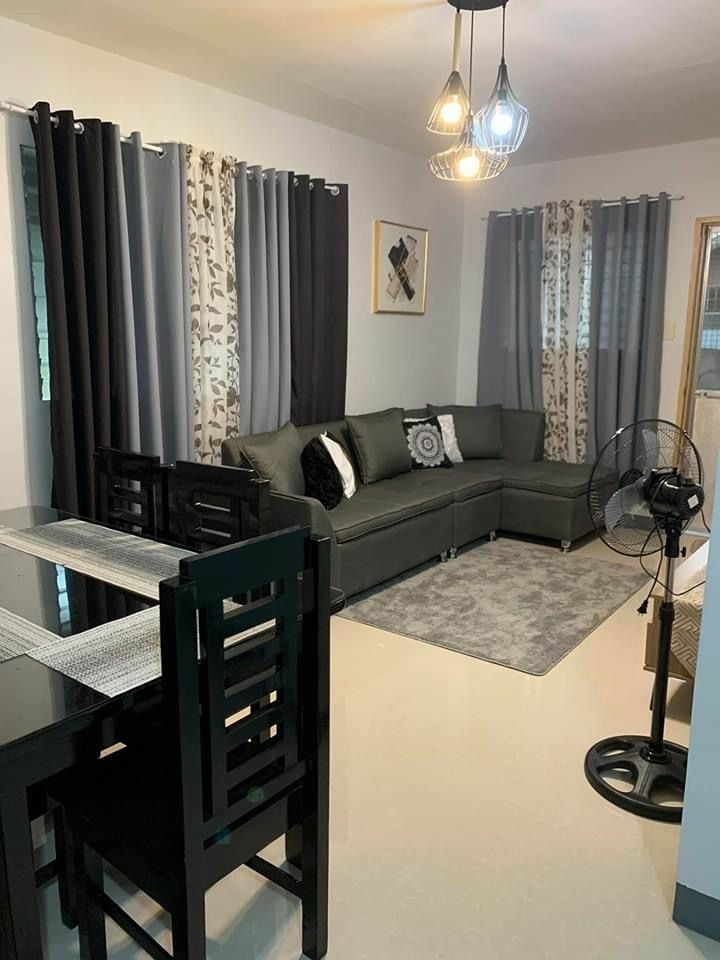
When choosing decor or furniture, focus on quality materials and craftsmanship. A high-quality, well-made piece often lasts longer and feels more luxurious than several cheaper items, elevating the room’s atmosphere.
9. Choose Furniture with Clean Lines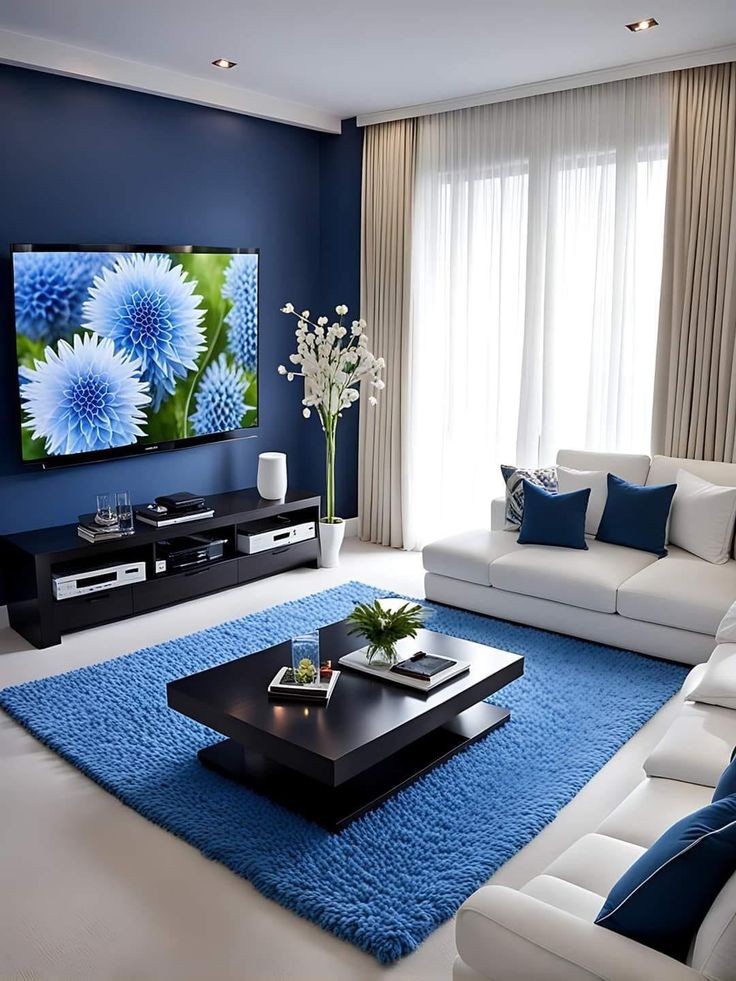
Opt for furniture designs that are simple, without excessive details or ornate carvings. Clean lines contribute to a sense of calm by reducing visual complexity. Sleek chairs, streamlined sofas, and minimalist tables help achieve this look.
10. Incorporate Texture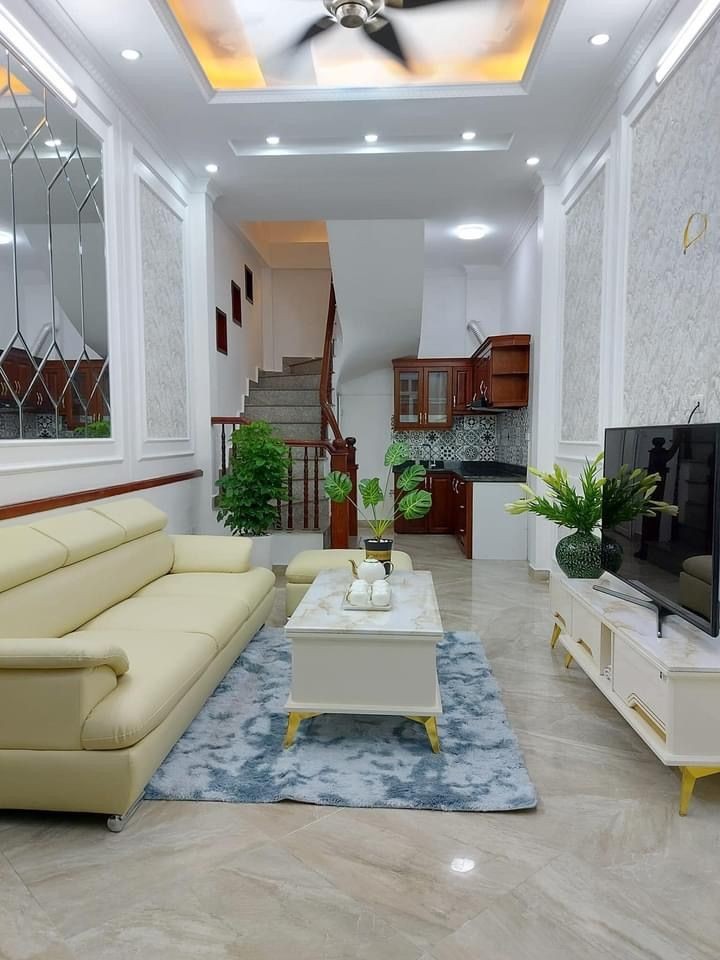
Minimalist doesn’t have to mean boring. Introduce texture through fabrics like soft throws, wool rugs, or woven baskets. This adds warmth and dimension to the space without overpowering it.
11. Limit Patterns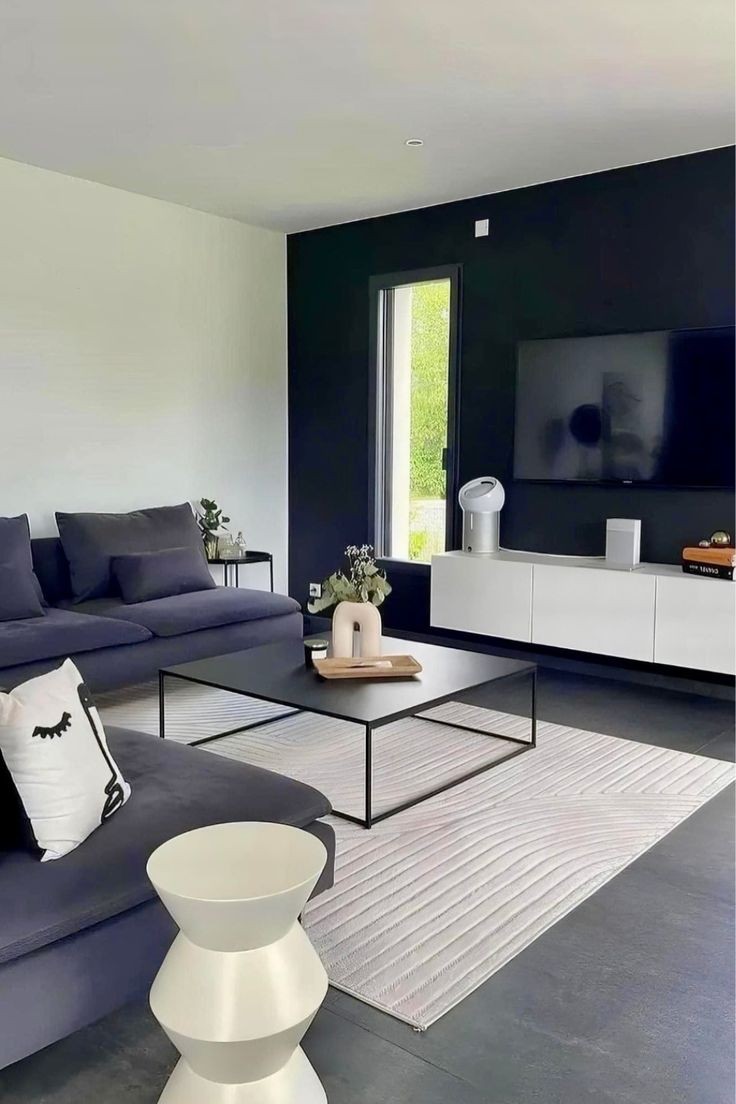
While bold patterns can be exciting, they can also overwhelm a minimalist room. Stick to solids or very subtle patterns, such as tone-on-tone designs. This keeps the focus on clean shapes and open spaces.
12. Create Intentional Storage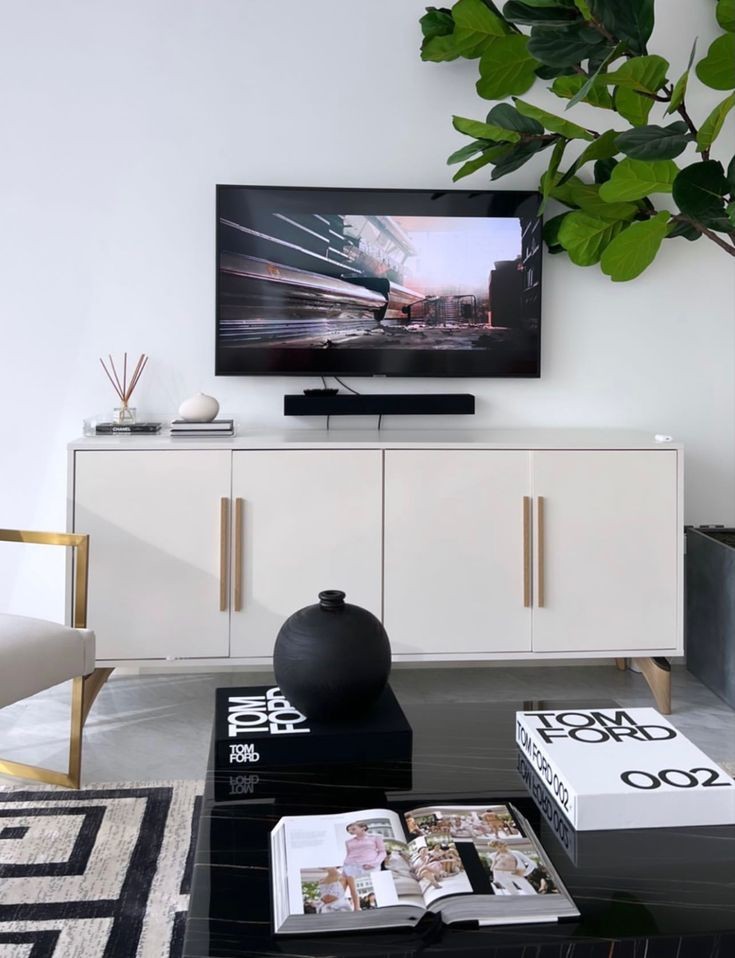
Invest in closed storage solutions to keep items out of sight. Hidden storage maintains a tidy look, reducing the feeling of clutter and creating a sense of calm.
13. Embrace Negative Space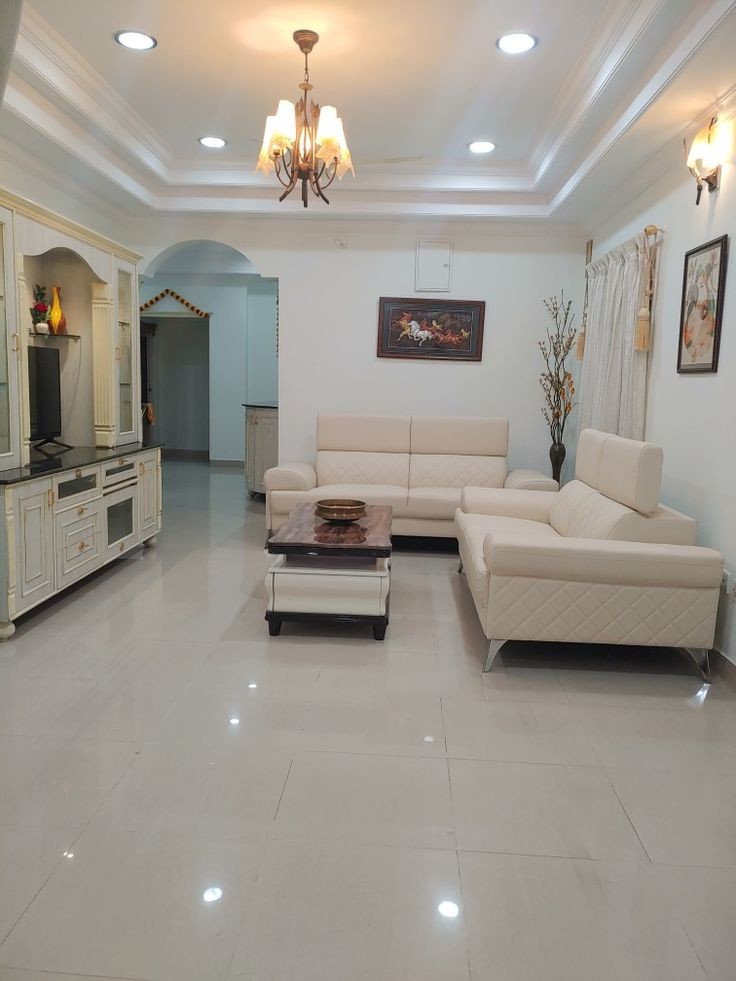
Negative space—areas intentionally left empty—helps a room feel less cramped and more airy. This “empty space” creates balance and gives your eyes a place to rest, enhancing the feeling of peace.
14. Add a Calming Scent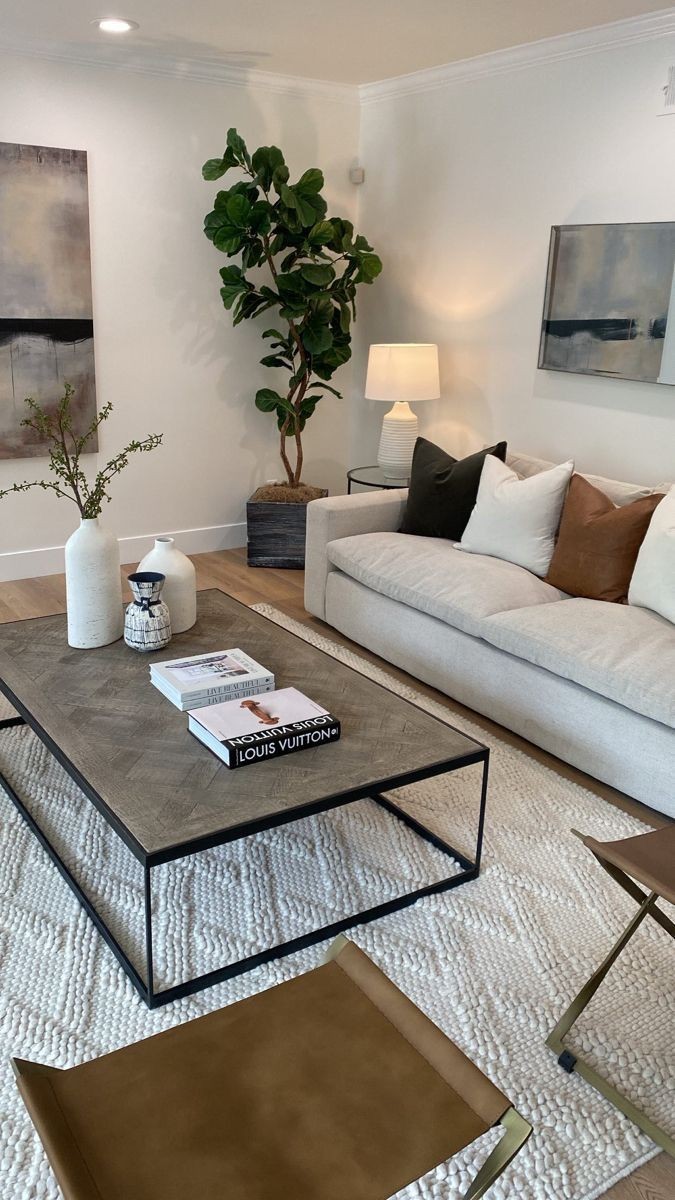
Use essential oil diffusers, natural candles, or incense to introduce calming scents like lavender or eucalyptus. Scent is deeply tied to emotion, and choosing a calming one can transform the atmosphere.
15. Use a Minimal Rug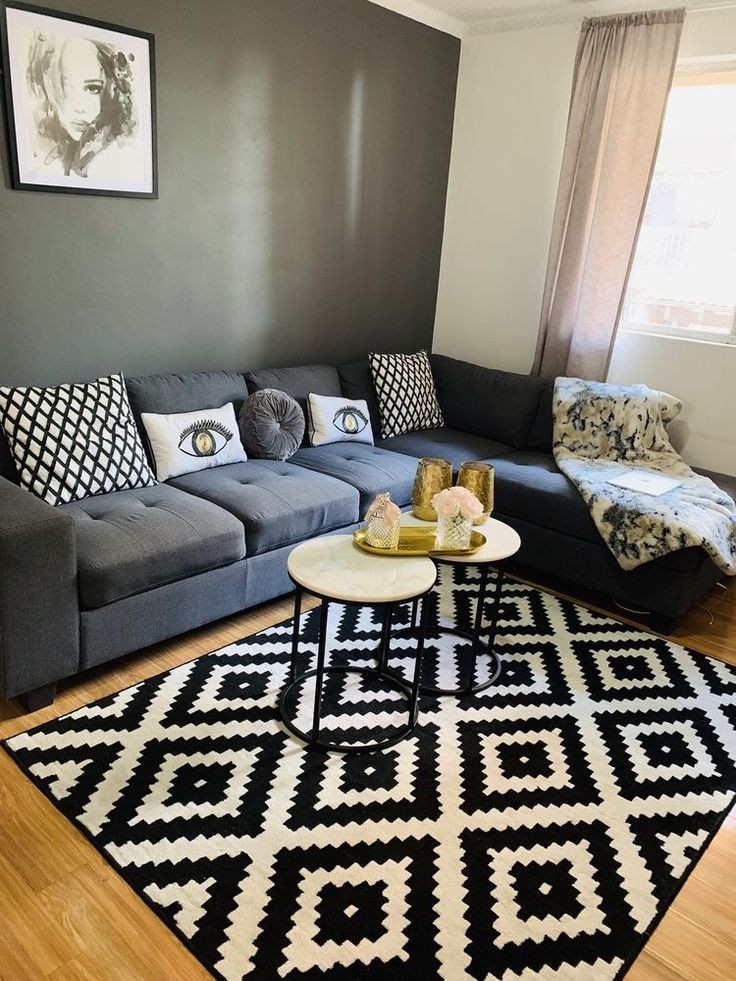
Anchor your space with a rug that is simple in design and color. Solid hues or subtle, geometric patterns work best. Rugs ground your furniture arrangement, creating cohesion without busying the floor space.
16. Opt for Minimalist Lighting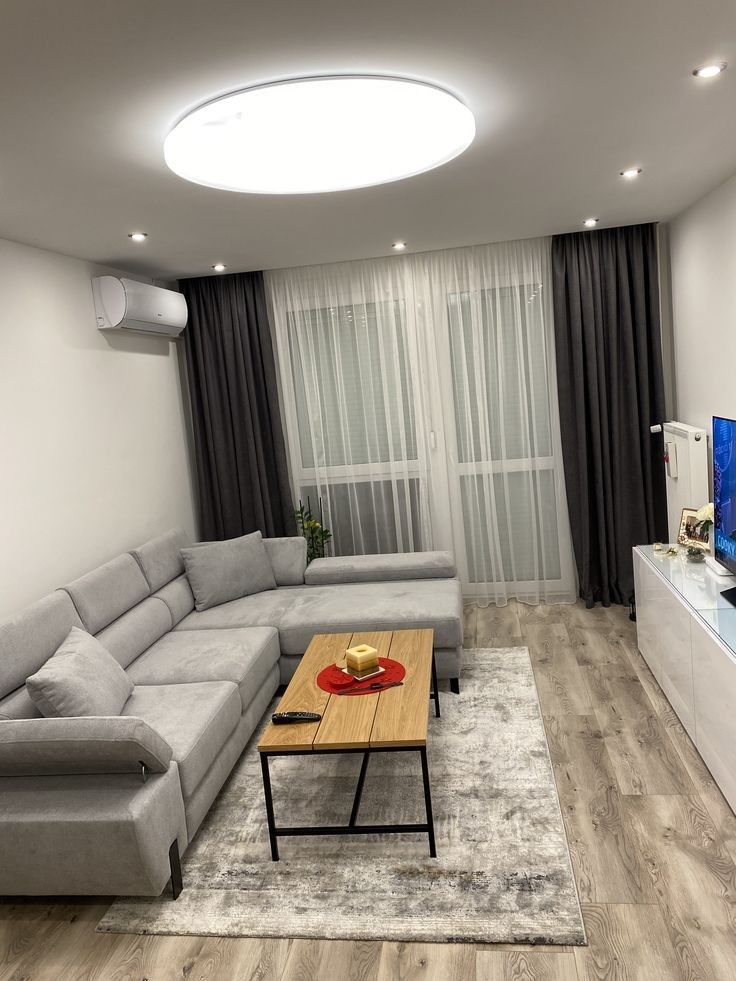
Choose light fixtures with clean designs, such as sleek pendant lights, simple table lamps, or LED strip lighting hidden along shelves. Focus on soft, warm light to create a soothing atmosphere.
17. Minimize Electronics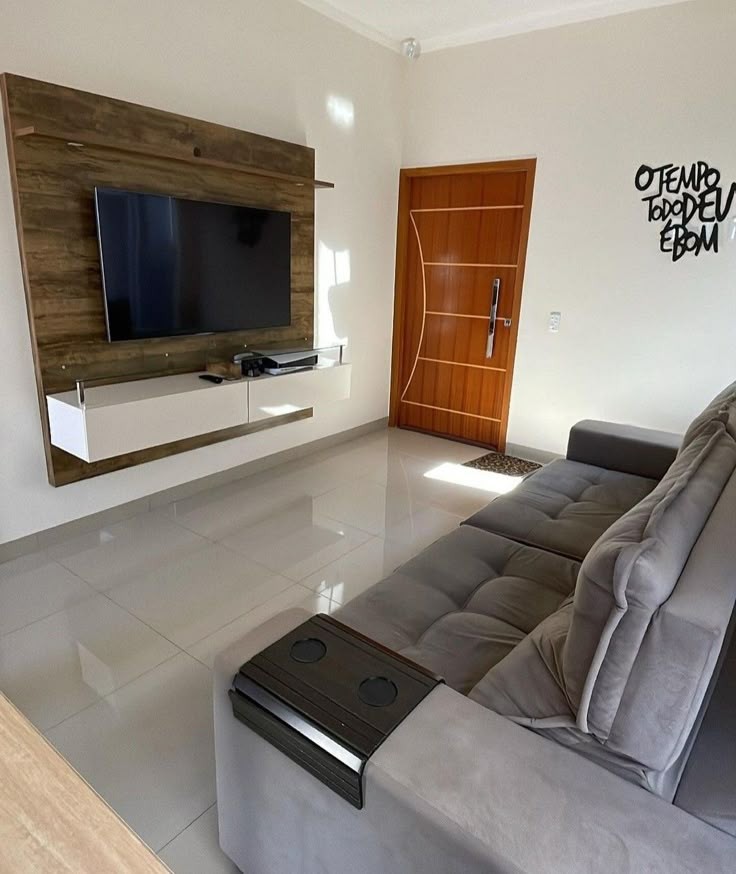
Excess electronics and visible cords can clutter a room visually. Use cord organizers and consider hiding electronics within enclosed furniture. Aim to make tech feel integrated rather than dominant.
18. Layer with Cozy Blankets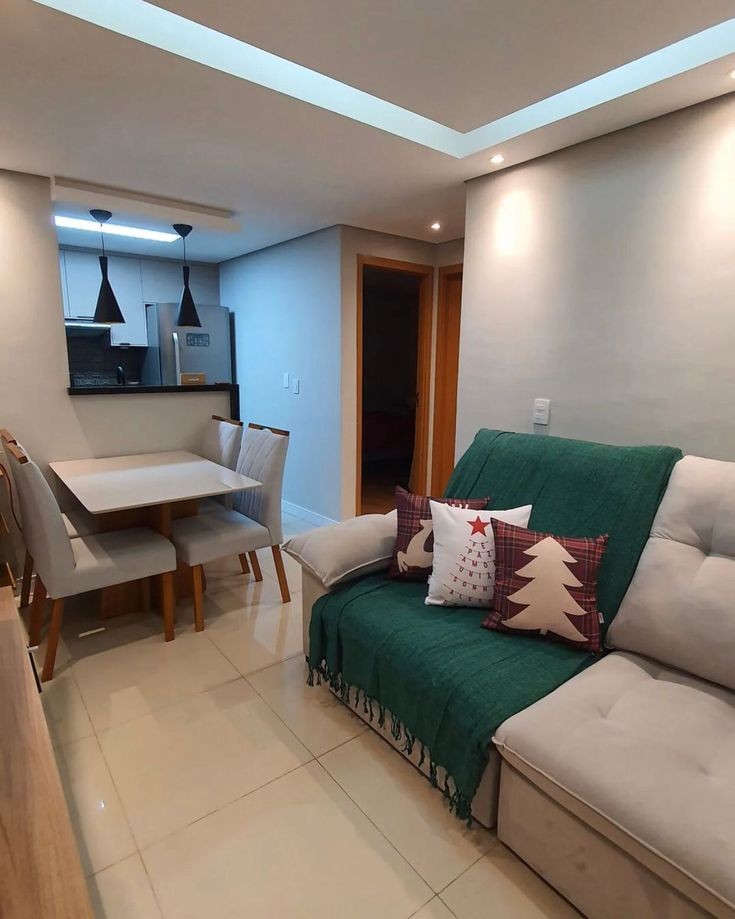
A soft, well-placed blanket can create a warm, inviting look without overwhelming the minimalist vibe. Choose a neutral color and drape it casually over a chair or sofa for a touch of softness.
19. Choose Furniture with Legs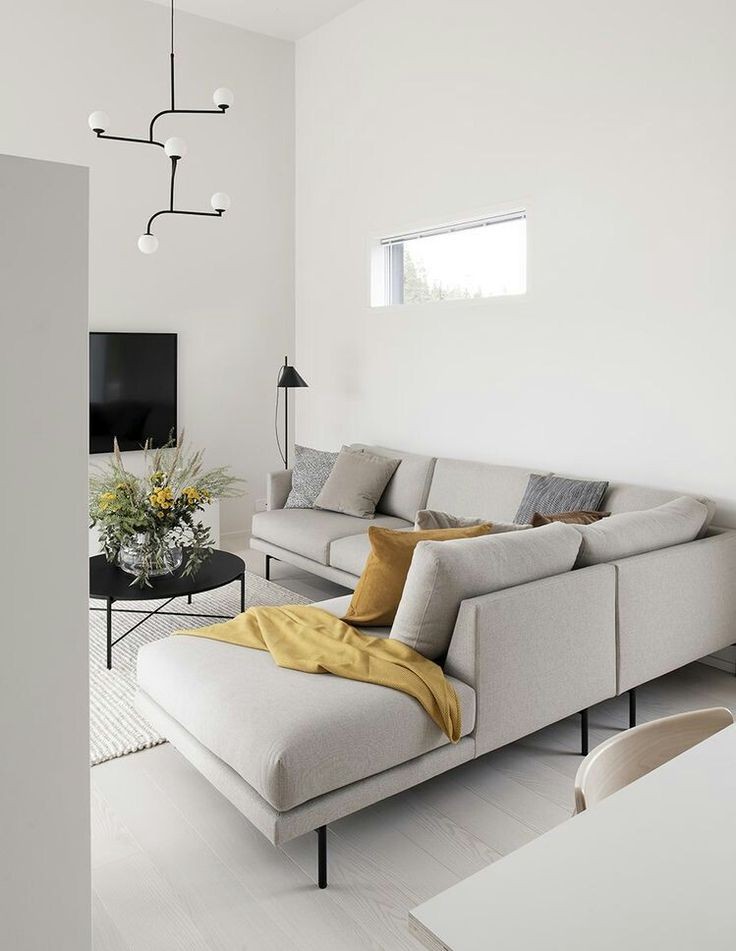
Opt for raised furniture instead of pieces that sit directly on the floor. This creates a sense of openness by allowing light and air to flow underneath, making the room feel larger and more airy.
20. Go for Built-In Storage Solutions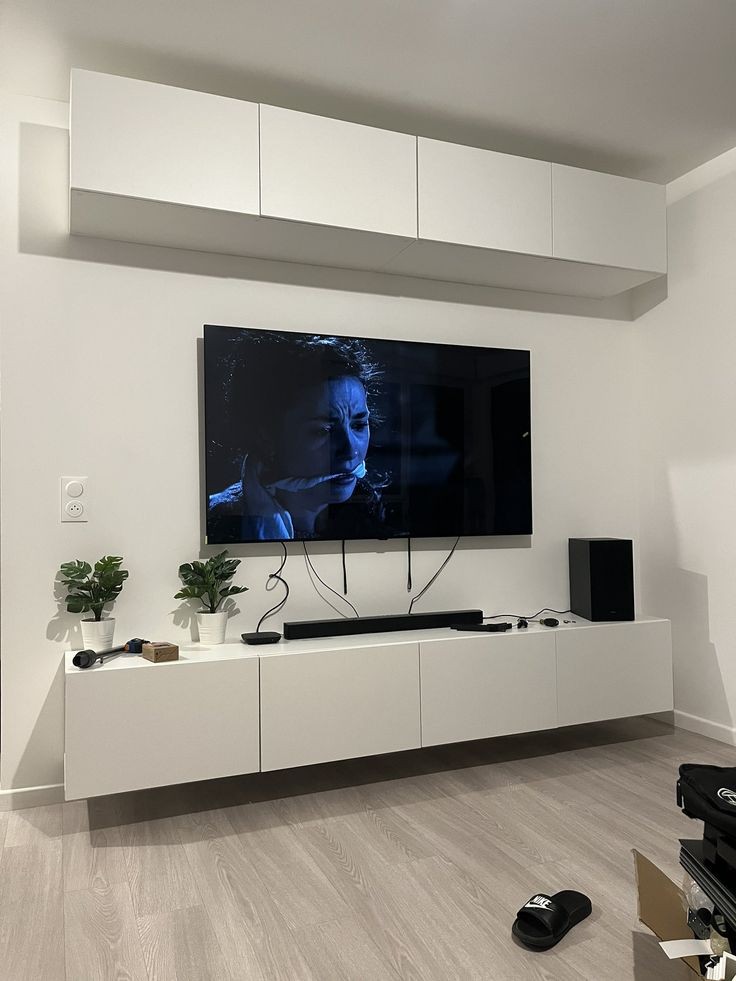
Consider adding built-in shelves or storage nooks. Built-ins blend seamlessly with the walls, providing plenty of storage while preserving a streamlined, cohesive appearance.
21. Incorporate Reflective Surfaces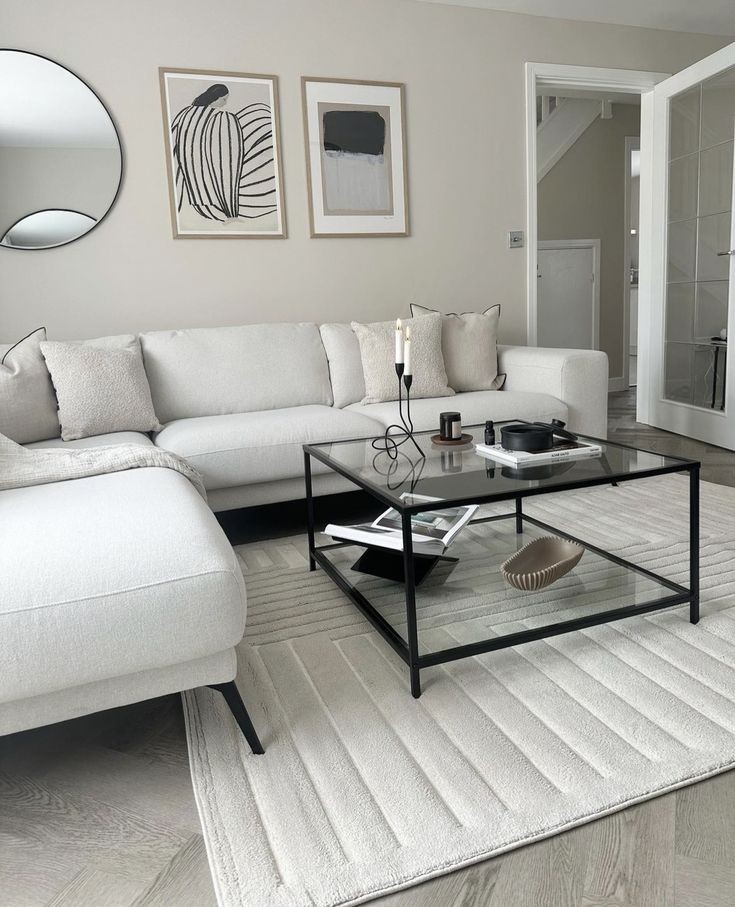
Mirrors, glass tables, and other reflective materials can make a room feel larger and brighter. This effect amplifies natural light and opens up smaller spaces.
22. Create a Focal Point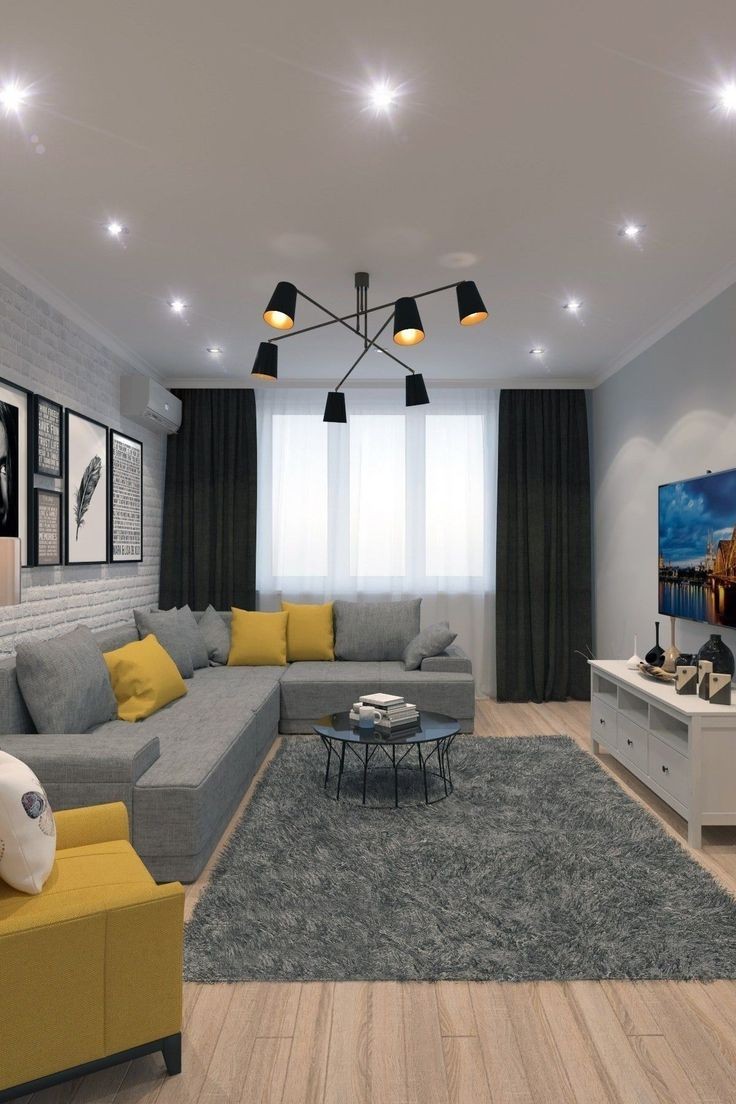
Focus on one standout feature, such as a unique sofa, a piece of art, or a striking light fixture. By giving the eye a clear place to land, you create visual interest without overwhelming the space.
23. Embrace Minimal Accessories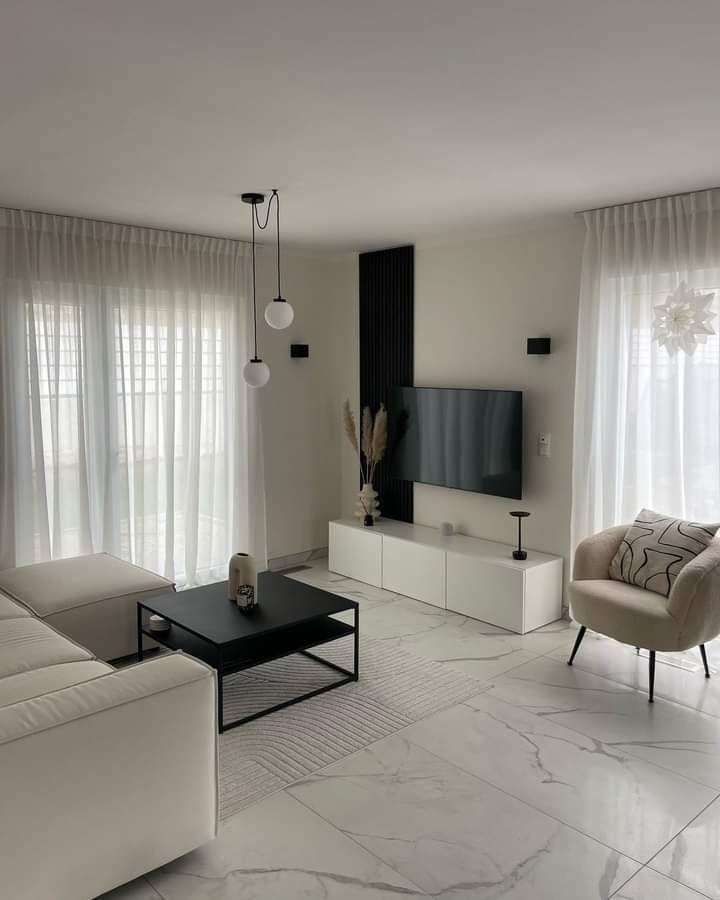
Less is more when it comes to accessorizing. Choose a few impactful items that resonate with you—a small sculpture, a vase, or a couple of curated books—to bring personality to the space.
24. Hide Away Personal Items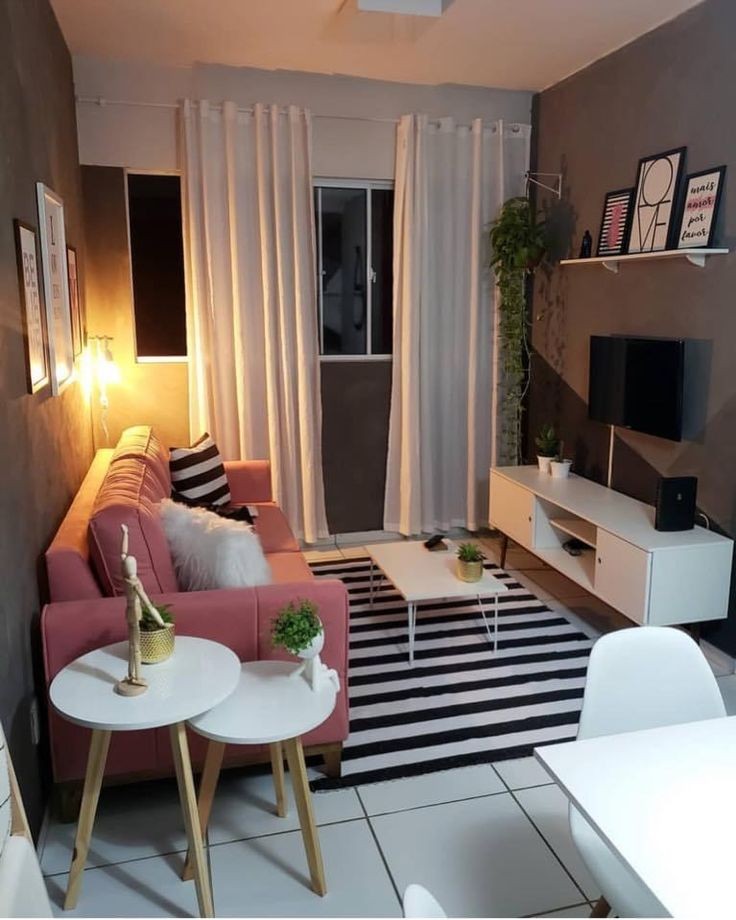
Use drawers, storage boxes, or decorative containers to keep personal items like keys, remotes, or mail out of sight. This preserves a clean aesthetic while making it easier to find what you need.
25. Introduce Soft Lighting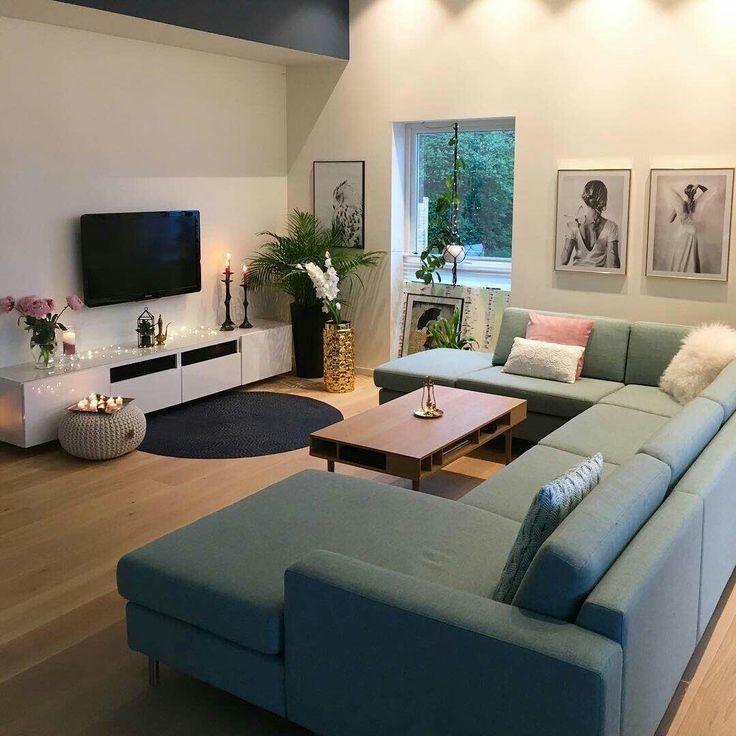
Swap harsh overhead lights for soft, warm alternatives. Dimmer switches, string lights, or lamps with soft shades can instantly create a relaxing ambiance.
26. Stick to a Consistent Color Theme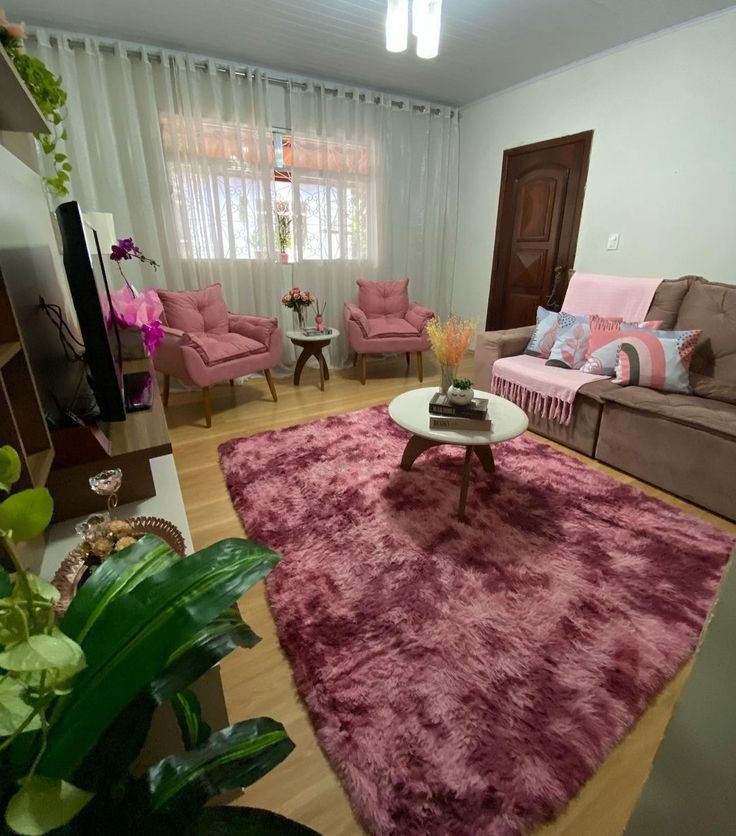
Limit your palette to a few complementary colors for a cohesive look. Consistent tones tie the room together and prevent a scattered appearance.
27. Opt for Slim Furniture Designs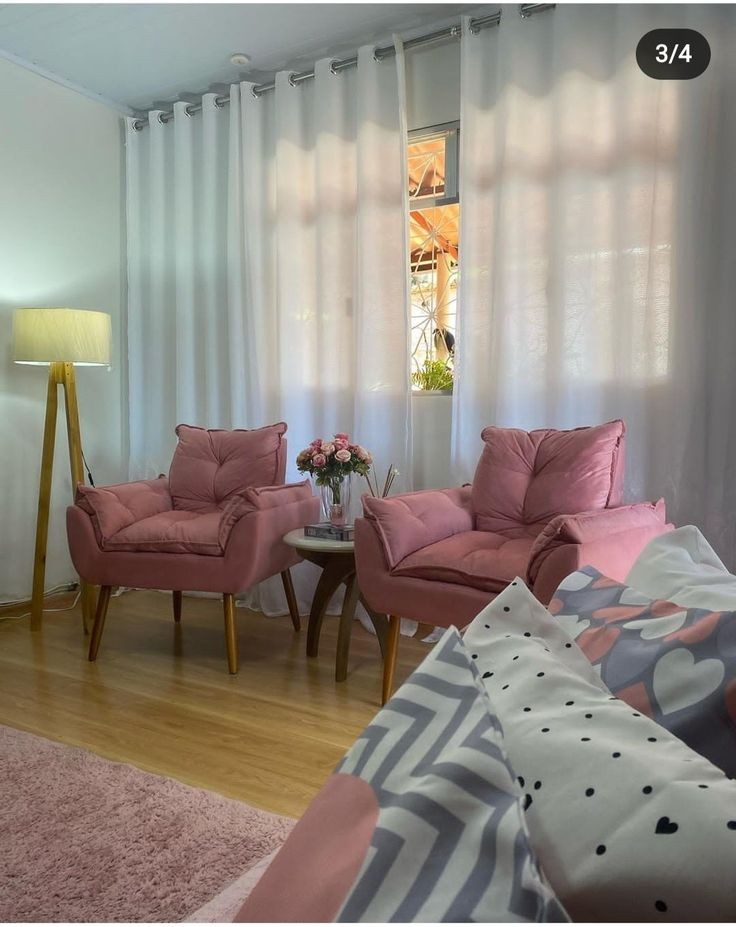
Choose furniture with narrow profiles and thin legs to free up visual and physical space. This is especially useful in smaller living rooms, as it prevents crowding.
28. Place Art Strategically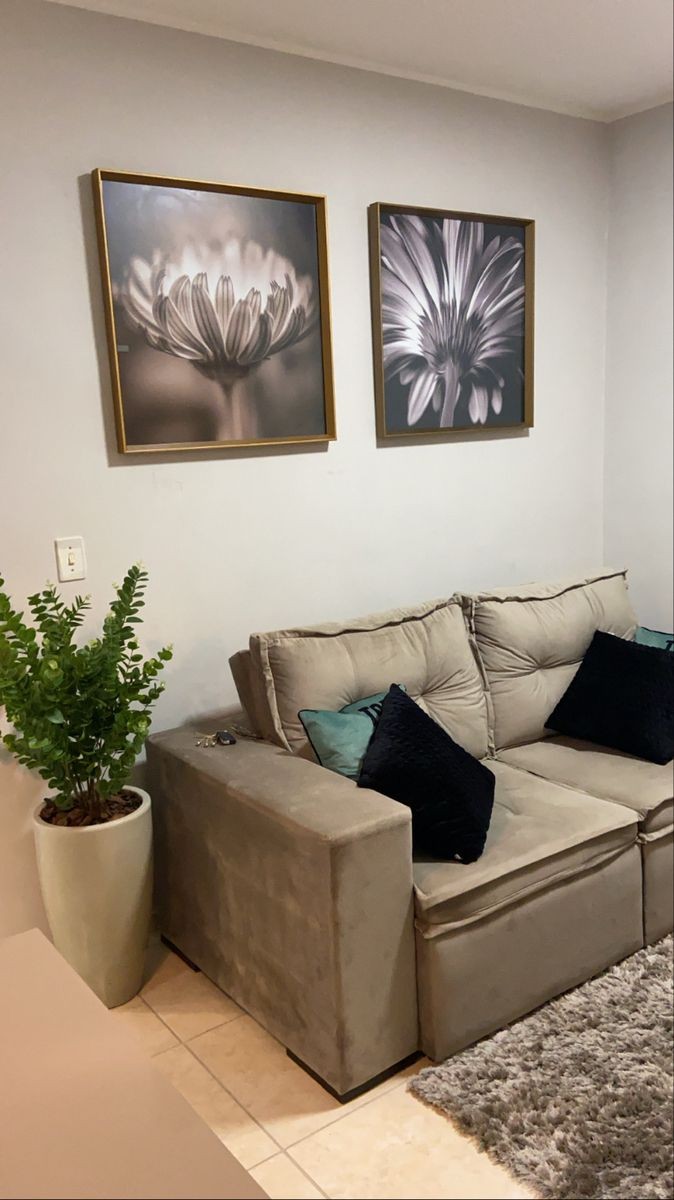
Hang art at eye level and avoid overcrowding the walls. Consider one large piece or a couple of smaller, balanced frames to maintain a clean aesthetic.
29. Layer Sheer Curtains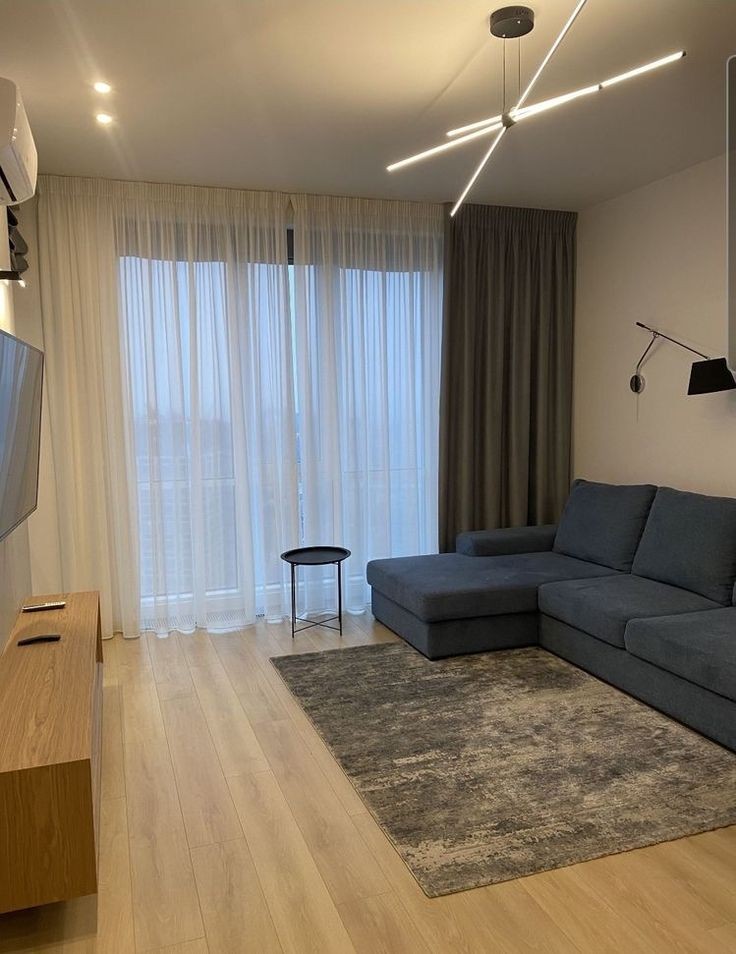
Sheer curtains offer privacy without blocking light. Layering with slightly thicker panels provides versatility for daytime and evening light control.
30. Choose Sleek Window Treatments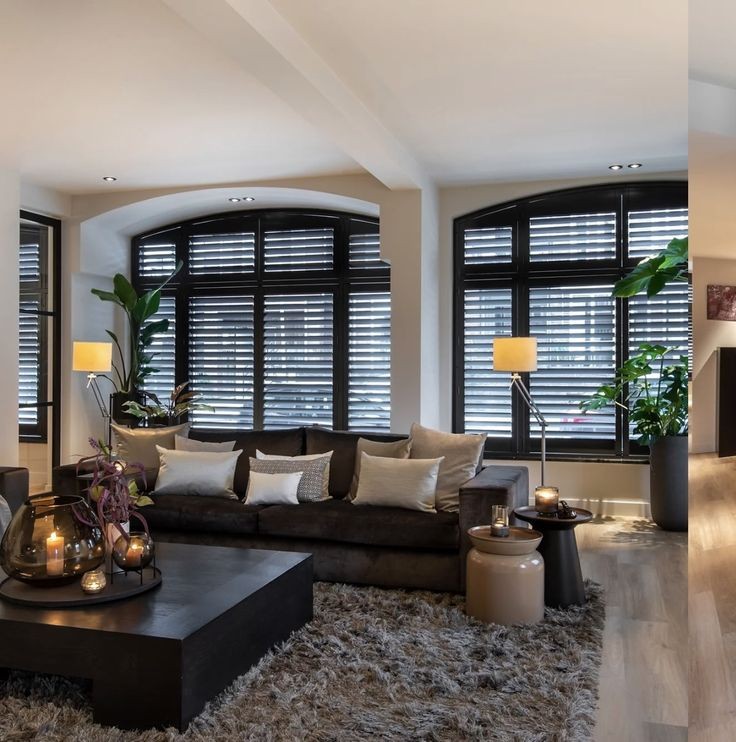
Go for blinds or minimal drapes in neutral colors. These keep the window area uncluttered and maintain a clean, streamlined look.
31. Add Hidden Storage Solutions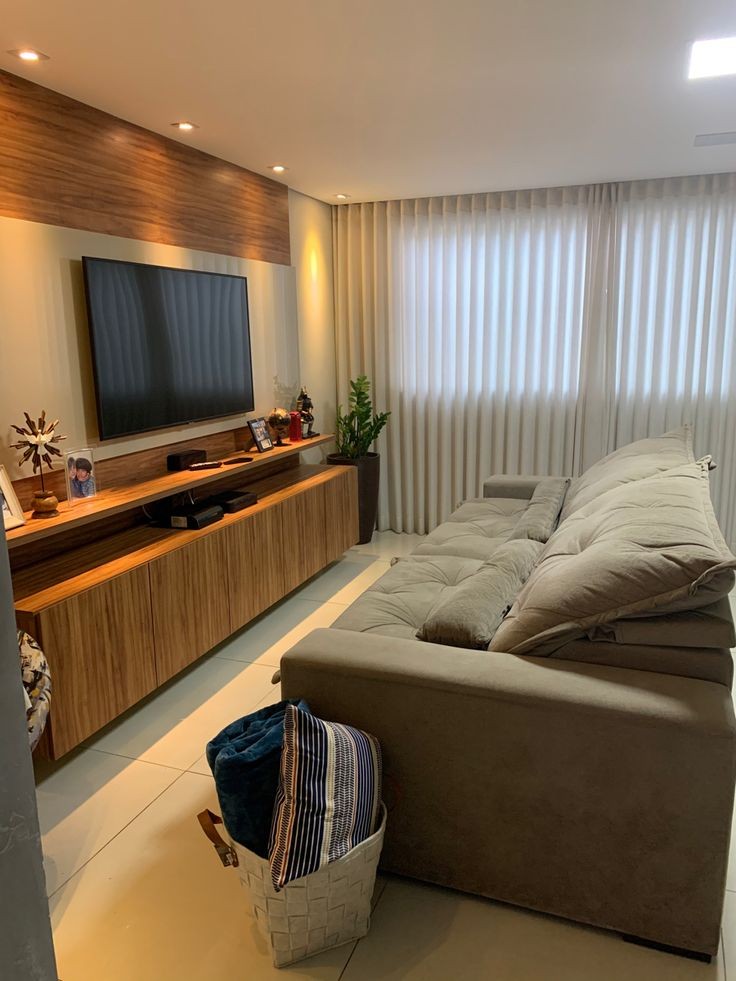
Use furniture like benches with hidden storage or built-in shelves within cabinets to maintain the minimalist aesthetic without sacrificing functionality.
32. Use a Monochrome Color Scheme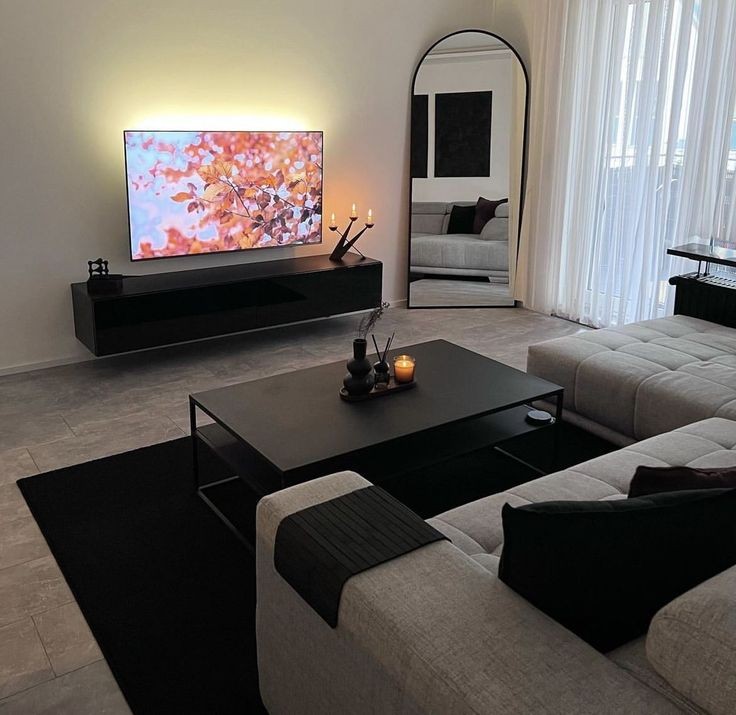
Sticking to one main color and its shades helps simplify and unify the room, creating a serene, clean look without unnecessary contrast.
33. Avoid Visual Noise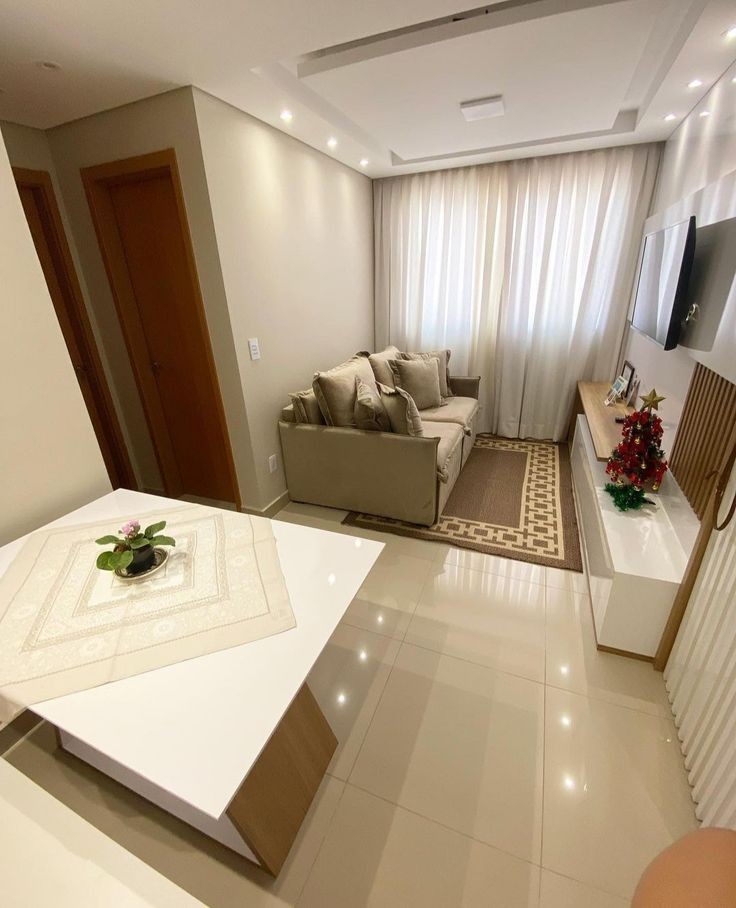
Eliminate busy patterns, distracting art, or too many knick-knacks. Minimalism thrives on clarity and the absence of chaos, helping create a more relaxing space.
34. Edit Down Sentimental Items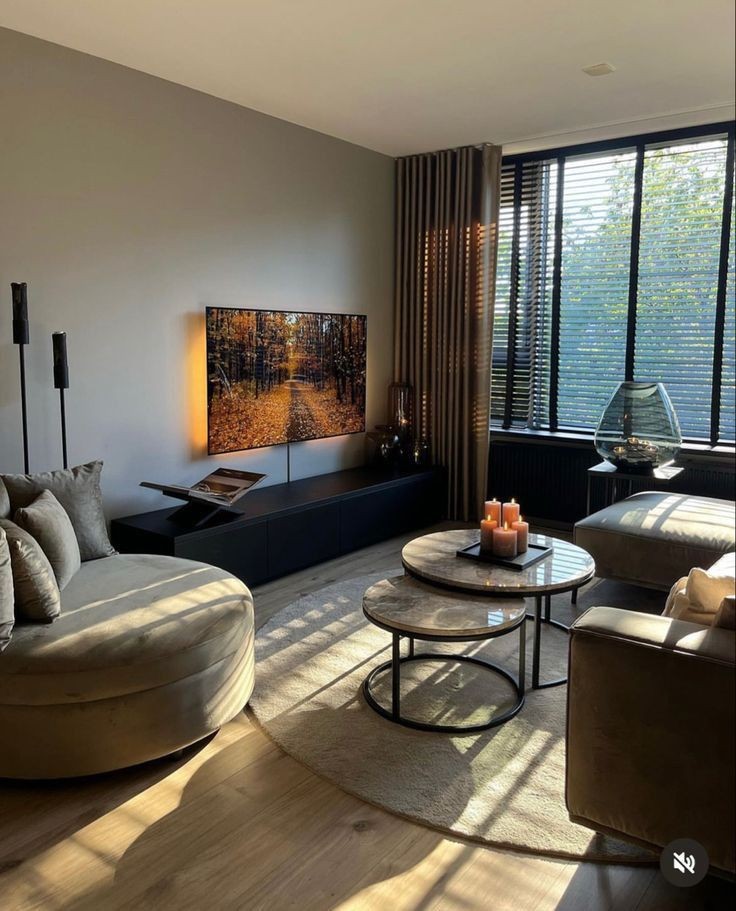
Carefully select a few sentimental items for display while storing the rest. This keeps the space personal without feeling crowded or cluttered.
35. Incorporate Natural Elements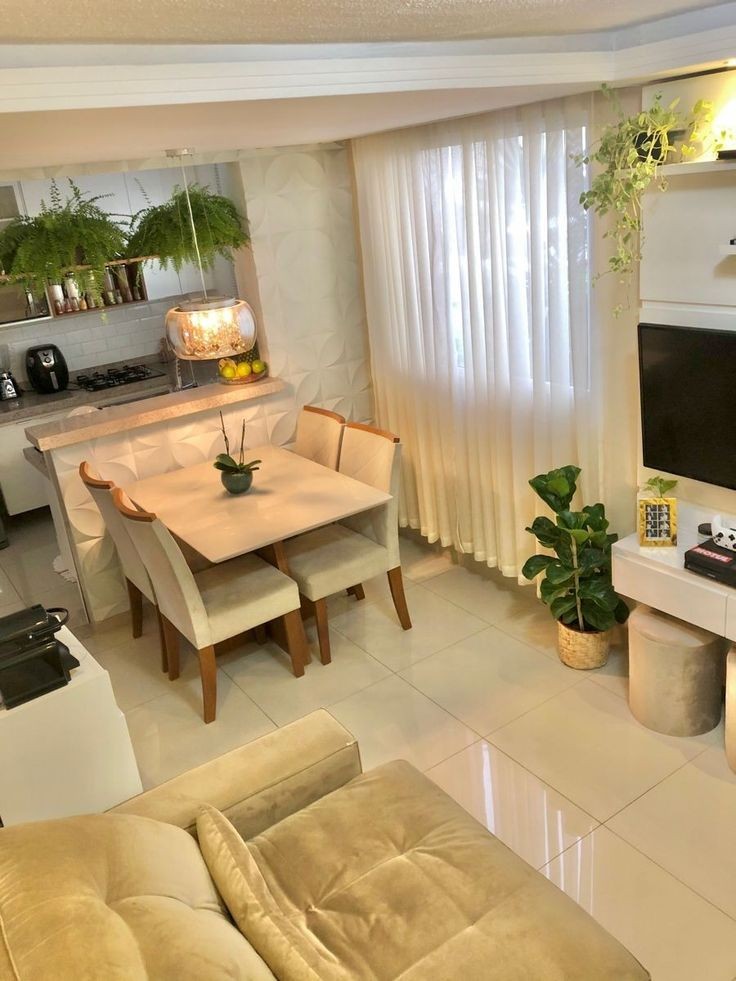
Wooden furniture, stone accents, or woven baskets can ground your space in nature, making it feel organic and warm while maintaining a minimalist vibe.
Creating a minimalist and peaceful living room revolves around simplicity, functionality, and intentionality. By decluttering and focusing on neutral color palettes, natural light, and thoughtfully selected furniture, you can establish a calming and serene space.
Incorporate textures and natural elements like houseplants and wooden accents to add warmth without cluttering the aesthetic.
Minimize patterns, keep surfaces clear, and invest in quality over quantity to maintain a clean and spacious look. Strategically use storage solutions, mirrors, and soft lighting to enhance brightness and openness.
Small touches, such as multifunctional furniture and hidden storage, streamline the space further, making it not only functional but effortlessly chic.
With these minimalist decor hacks, your living room can transform into a peaceful haven that soothes both the eyes and the mind.
This post showed you 35 Minimalist decor hacks to create a peaceful living room.
Recommended Reading: